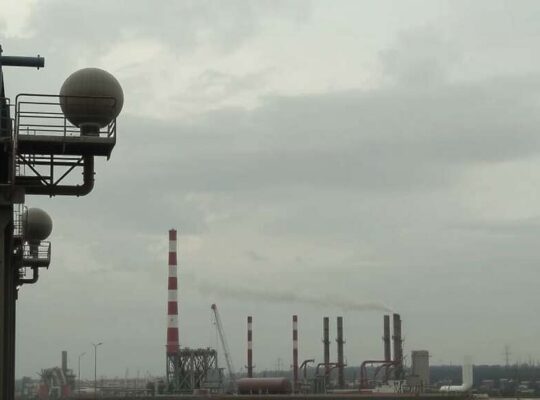Germany’s ornamental plant sector is facing a significant contraction, raising concerns about the long-term sustainability and resilience of the nation’s horticulture industry. New data released by the Federal Statistical Office (Destatis) reveals a marked decline in the number of businesses and cultivated area, a trend that began several years ago and continues to accelerate.
In 2025, just 2,821 horticultural businesses cultivated ornamental plants on roughly 5,760 hectares, representing a 9.7 percent drop from 2021. This follows a sharper decline observed between 2017 and 2021, with a 23.1 percent decrease in ornamental plant producers and a 12.6 percent reduction in cultivated area. The contraction highlights potential structural issues within the sector, possibly driven by factors ranging from rising input costs to changing consumer preferences and a lack of generational succession.
North Rhine-Westphalia remains the dominant region for ornamental plant cultivation, accounting for nearly half of the cultivated area. However, the overall geographic concentration makes the sector potentially vulnerable to regional economic shifts and environmental challenges.
A significant portion of the production – 24.6 percent of the total cultivated area – takes place within greenhouses and protected structures, with over half of these areas experiencing heating during the reporting period. This dependence on controlled environments raises questions about energy consumption and the sector’s carbon footprint, particularly as Germany strives to meet its climate targets.
The production of ready-to-sell plants, including bedding and balcony plants, perennials and indoor plants, has also decreased. While production of certain varieties, like Violas and heather, showed increases, declines in overall output point to potential shifts in market demand and a struggle for producers to remain competitive. The reduction in the production of indoor plants, including traditional favorites like poinsettias, showcases a broader challenge of adapting to evolving consumer spending and lifestyle patterns.
The sector’s production of cut flowers has also encountered significant setbacks. The number of businesses involved and the cultivated area have both decreased considerably, a consequence of intensified global competition and the volatility of international supply chains. While summer flowers and cutting-grown perennials remain dominant in open-field cultivation, the shrinking area dedicated to roses and other cut flowers under protective structures illustrates difficulty in maintaining specialized, high-value production.
Analysts suggest that government support and policy interventions are urgently needed to address the issues facing the German ornamental plant sector. These could include initiatives to promote sustainable production practices, support research and development of new varieties and facilitate access to funding and training for young growers. The ongoing decline underscores the need for a strategic reassessment of the sector’s long-term viability and the role it plays in Germany’s agricultural landscape.












